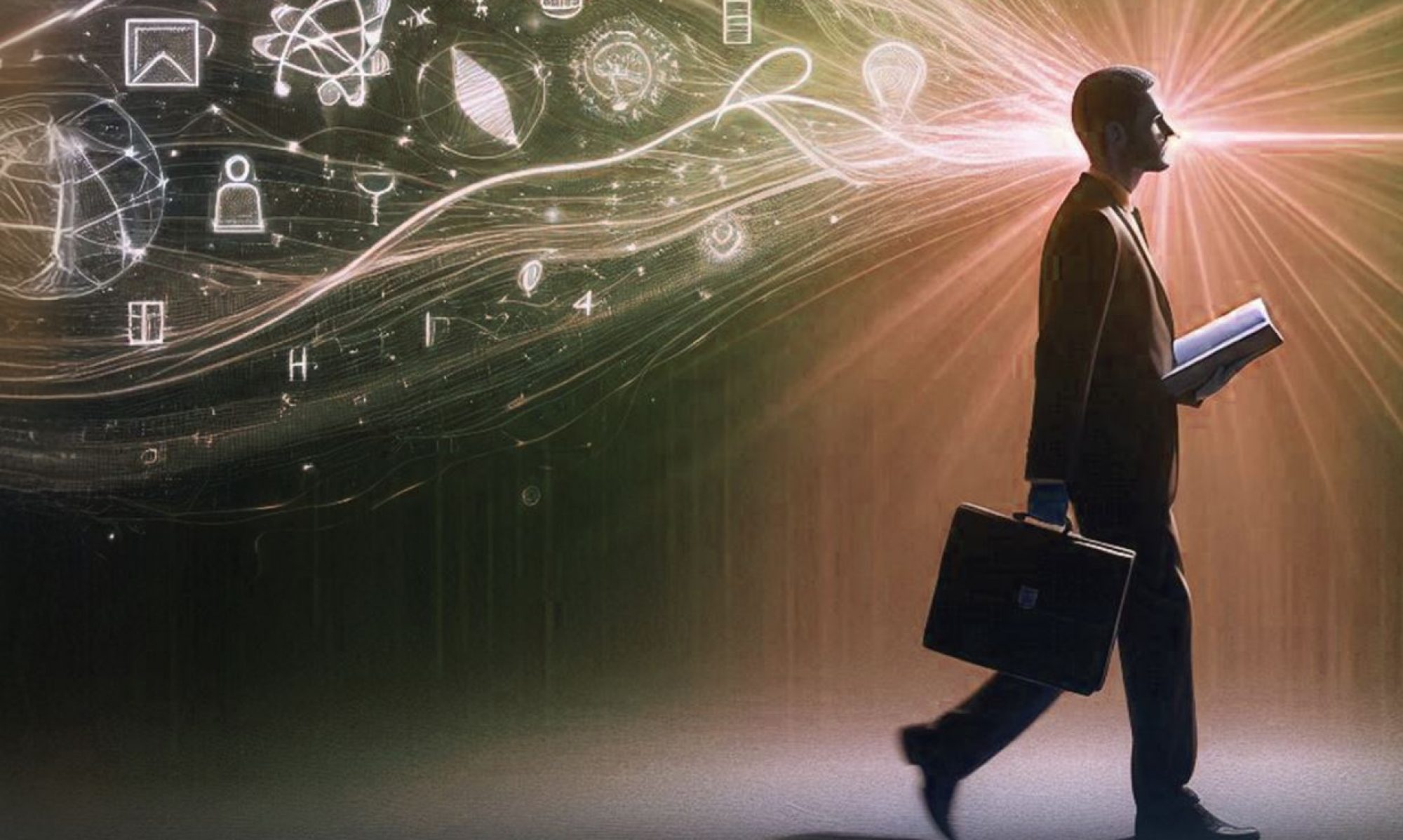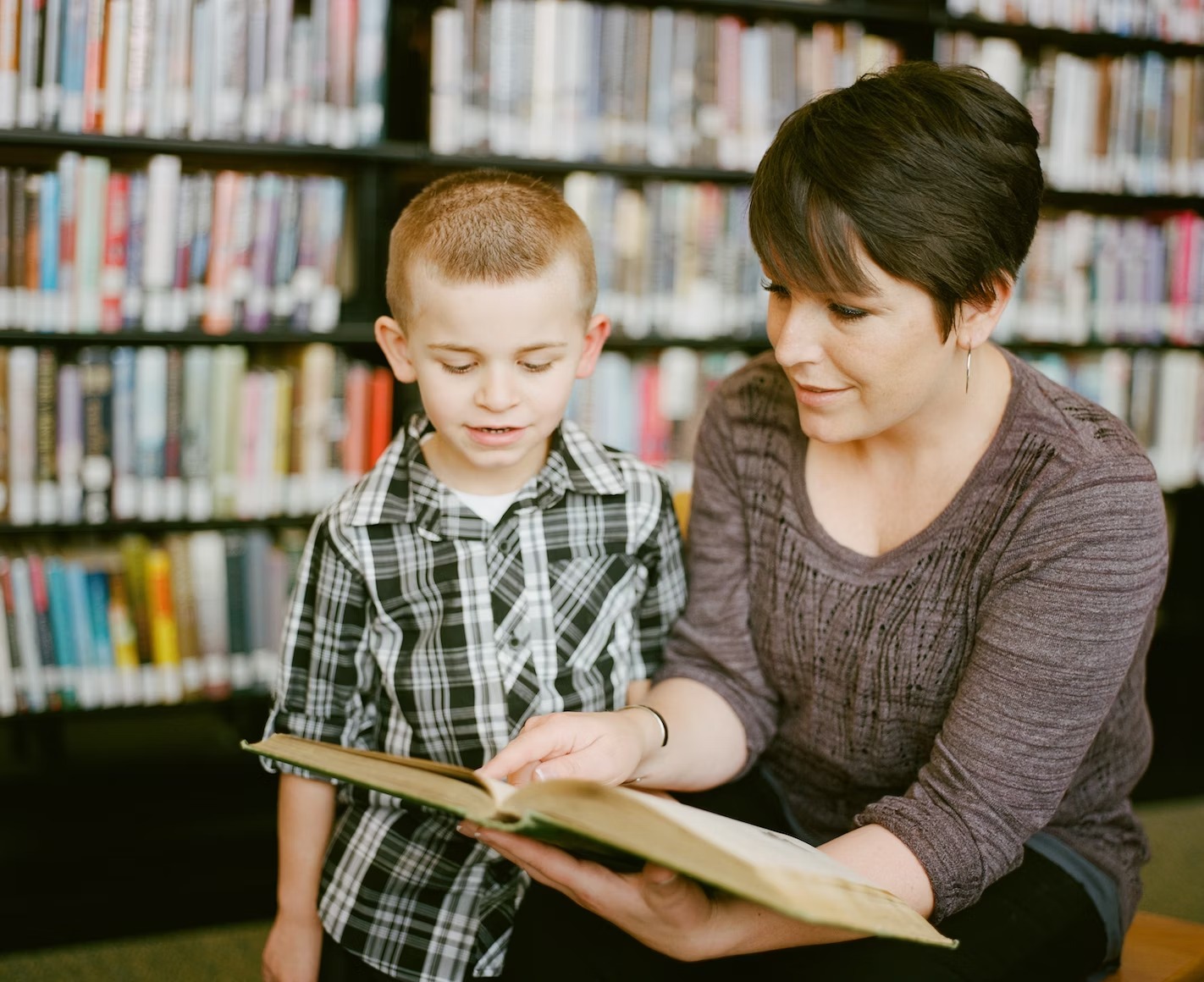The teacher-student relationship is important for the production of knowledge and for the results of the institution. Teacher and student are the two extremes of the construction of knowledge in a society. That is why it is so important that this relationship is well built and allows the student to be the protagonist of their own learning process.
In Higher Education Institutions (HEIs), promoting good connections between teachers and students is a differentiating element and that is what we will talk about in this article.
What is the role of the teacher in educational institutions?
The relationship between teacher and student has changed a lot in recent years. If before teachers were the holders of knowledge, today they have a role as tutors, mediators or even content curators.
In practice, the teacher is responsible for providing the necessary support to each student in their unique learning process.
The teacher must welcome the student, respecting the diversity of the classroom; create individual and collective connections; practice active listening; communicate well with students; promote conflict resolution and address different topics in class.
It is necessary to have a comprehensive view of the student, see their multiple dimensions and guide them on the best paths to follow.
What is the importance of the relationship between teacher and student?
It is essential that teacher and student establish a good relationship. After all, we are talking about an ecosystem responsible for the training of professionals and the production of knowledge, which can transform the entire society.
Only when teaching staff and students interact in a healthy and pleasant way is it possible to fully experience the university journey.
From this connection, the experience in the educational institution occurs in a more fluid way, with greater ease of learning, in addition to contributing to the cognitive and social development of students.
Benefits of a good relationship between teacher and student
Good connections in the academic context guarantee benefits for the institution, the teacher and the student. See some of the main advantages.
Relationship with the institution
The professor represents the institution, after all, it is through him that the student relates to the university. In this sense, the teacher plays an important role in improving the image of the IES.
Learning
In higher education, the teacher has the role of guiding the student in the construction of their identity. More than transmitting content, the teacher encourages critical thinking, so that the student develops his or her own vision of the world.
Thus, the learning process goes beyond the specific knowledge of the course, but rather forms citizens who are more aware and prepared to transform the world.
And according to research from 2016, this good relationship directly interferes with learning, since emotions actively participate in the cognitive development of the brain.This means that feeling good in the classroom facilitates learning and does so with quality.
Student Retention
Students with a good classroom experience stay at the IES longer, which gives priority to the brand in continuing education. Like other student retention strategies, the relationship with the professor is one of the pillars for the student to remain at the institution.
Student experience
This relationship also contributes to improving the student’s experience with the institution. And this is an essential concept for the positioning of the brand, with more engagement, greater student recruitment and better visibility.
The pillars of the relationship between teacher and student
To establish a good relationship between teacher and student, it is worth highlighting some points that are the basis of this connection.
Dialogue
Dialogue is essential in any relationship. Without a good exchange it is not possible to analyze ideas, exchange experiences and points of view.
It is important that teacher and student speak as equals and that dialogue stimulates reasoning, encouraging students to be protagonists in the formation of new knowledge.
Belonging
In the formation of identity, the student must feel an integral part of the IES. Thus, the relationship with the teacher must guarantee a feeling of belonging.
It is up to the teacher to understand the motivations of each student, propose activities and learning paths that integrate them with the rest of the class.
Trust
The student must have complete trust in the teacher. To do this, it is necessary to break the idea that the teacher “knows everything” and create a closer relationship.
When the student understands that the teacher also needs to study and, like him, is subject to errors, there is more trust and collaboration. After all, no one is infallible.
Pleasant atmosphere
A pleasant and welcoming environment also improves the relationship. The student must feel comfortable asking questions, expressing doubts and proposing new activities.
Conflict management
Finally, the teacher must be able to manage conflicts well, deal with the diversity of opinions and possible discussions, always with emotional intelligence and resolving proposals.
How to improve the relationship between teacher and student?
You already understand the importance of good connections in the academic environment, but, after all, how to improve the relationship between teacher and student? Here are some tips:
- Build an open dialogue channel: allow students to give feedback on the lessons and participate effectively in the construction of learning.
- Avoid the culture of fear: that is, get rid of the idea that asking is a bad thing. Allow students the freedom to ask questions without fear of feeling “embarrassed” or of their question being obvious.
- Value the culture of the students: they also have things to teach and must be listened to by the teachers and the school management.
- Use active learning methodologies: nowadays it is no longer just possible to transmit content. We have to give priority to methods in which the student actively participates in classes, which is much better for establishing new knowledge.
- Create mentoring programs: in these initiatives, the student develops specific projects under the guidance of a teacher, which contributes to the formation of scientific knowledge.
How can technology help you?
Technology is becoming increasingly important in education. In addition to making classes more dynamic, it reduces bureaucracy and makes life easier for students.
Through the institution’s own portals, teacher and student can communicate better, since it is possible to supervise and manage demands individually, as well as better understand the performance of each student.
Digital platforms expand the student experience beyond the classroom, with additional content, interactive activities and new teaching methods.
In parallel, technology makes it easier to publish notes, make calendars/schedules available, and notify about news and changes to the lesson plan.

